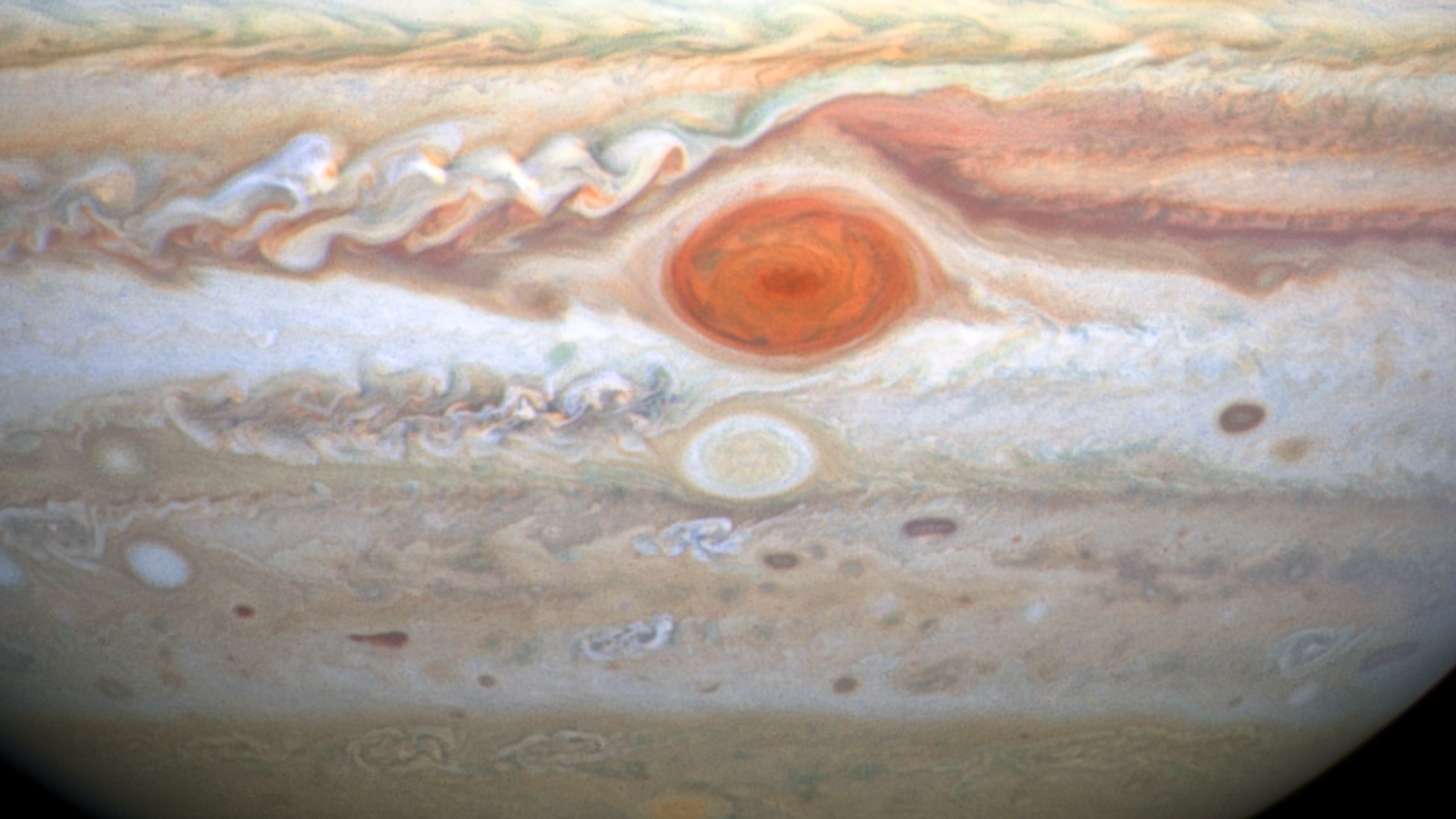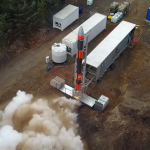The Great Red Spot, a storm on Jupiter which has been observed raging for more than 150 years, is spinning faster and faster, baffling scientists.
“When I initially saw the results, I asked ‘Does this make sense?’. No one has ever seen this before,” said Michael Wong of the University of California, Berkeley, who led the analysis.
The winds, which spin counterclockwise around the vortex – which is bigger than the Earth – at speeds greater than 400mph, have increased by up to 8% from 2009 to 2020.
But this increase has only occurred within the so-called high-speed ring of the storm. Curiously the winds near the centre are slowing down, according to observations from the Hubble Space Telescope.
The change, which would have been imperceptible without Hubble, amounts to less than 1.6 miles per hour per Earth year.
“We’re talking about such a small change that if you didn’t have 11 years of Hubble data, we wouldn’t know it happened,” said Amy Simon of NASA’s Goddard Space Flight Centre.
“Hubble is the only telescope that has the kind of temporal coverage and spatial resolution that can capture Jupiter’s winds in this detail.”
NASA announces landing site for robotic moon rover mission
SpaceX Inspiration4 mission: Who are the civilian astronauts, what are their roles and how will they land?
NASA says rock samples found by rover reveal alien life may have existed on Mars
Dr Wong added: “This is something only Hubble can do. Hubble’s longevity and ongoing observations make this revelation possible.”
The Great Red Spot is believed to be an upwelling of material from the interior of the gas giant and has been observed since the 1870s, although it may have been spotted as early as 1665 – though a gap in observations means it is unclear whether it was the same spot or not.
Scientists are sure that the storm is shrinking and become more circular, though with a current diameter of more than 10,000 miles it is still large enough to contain the entire planet Earth.
But the cause of the increase in its wind speeds is very hard to figure out, Dr Wong said.
“Since Hubble can’t see the bottom of the storm very well…. anything below the cloud tops is invisible in the data,” he explained.
“But it’s an interesting piece of data that can help us understand what’s fuelling the Great Red Spot and how it’s maintaining energy. There’s still a lot of work to do to fully understand it.”






















